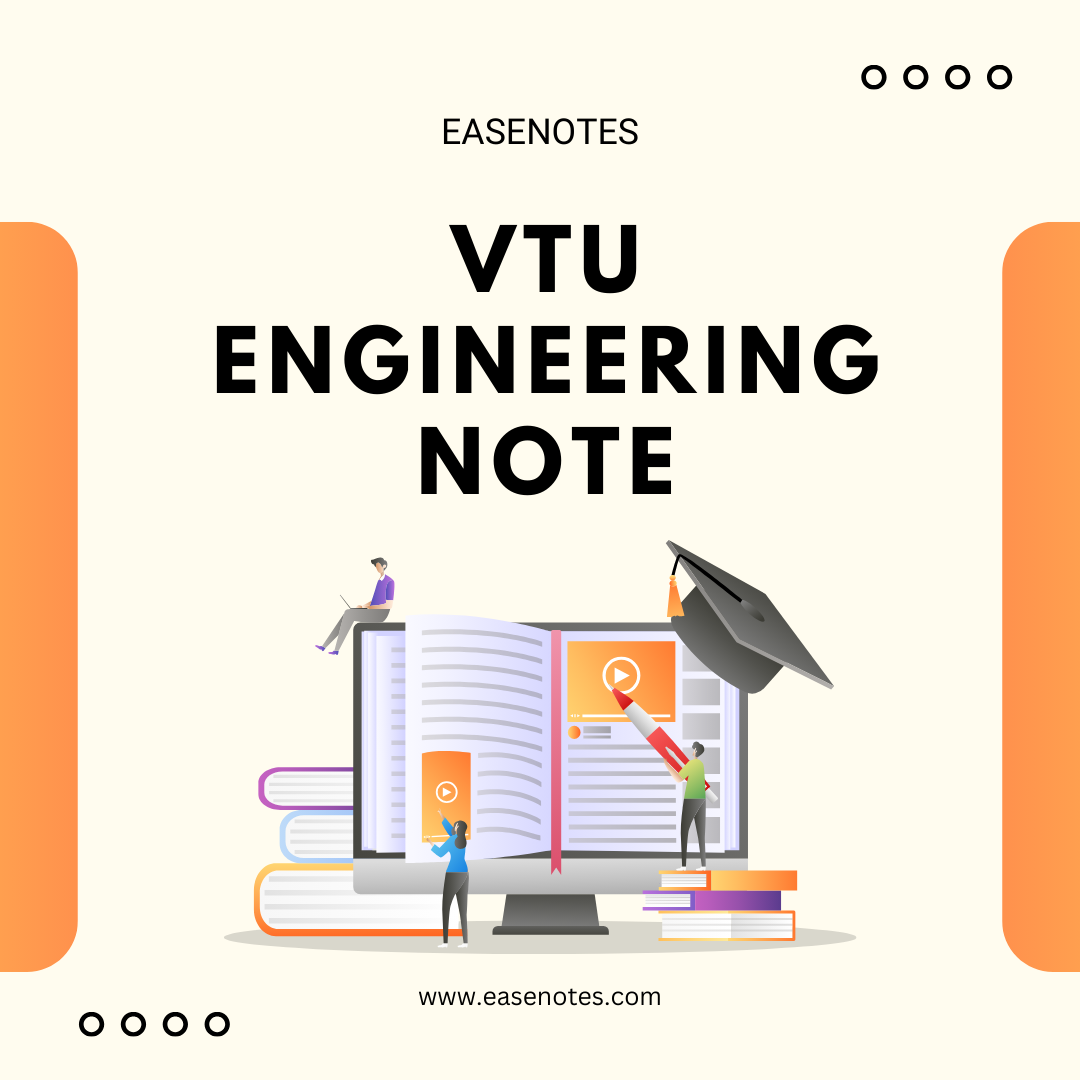
- contact@easenotes.com
- Phone: (+91) 9964716807

BME405A-Non-Traditional Machining 2022 Scheme VTU Notes
VTU University notes on 4th SEM Mechanical Engineering 2022 scheme notes 2024. Study materials and previous year question papers on easenotes 2024.

Non-Traditional Machining-BME405A 2022 Scheme VTU Notes
Ultrasonic Machining (USM):
Abrasive Jet Machining (AJM):
Electrochemical Machining (ECM):
Chemical Machining (CHM):
Electrical Discharge Machining (EDM):
Plasma Arc Machining (PAM):
Laser Beam Machining (LBM):
Electron Beam Machining (EBM):